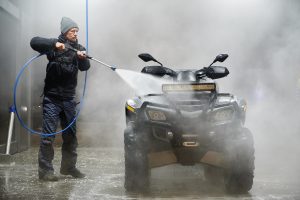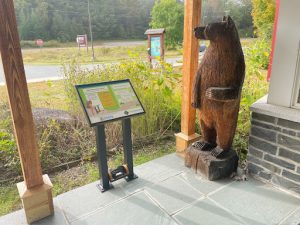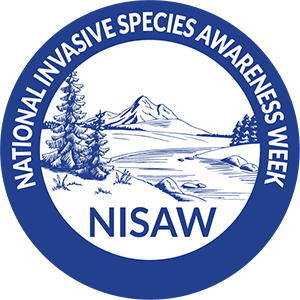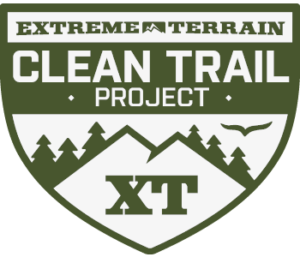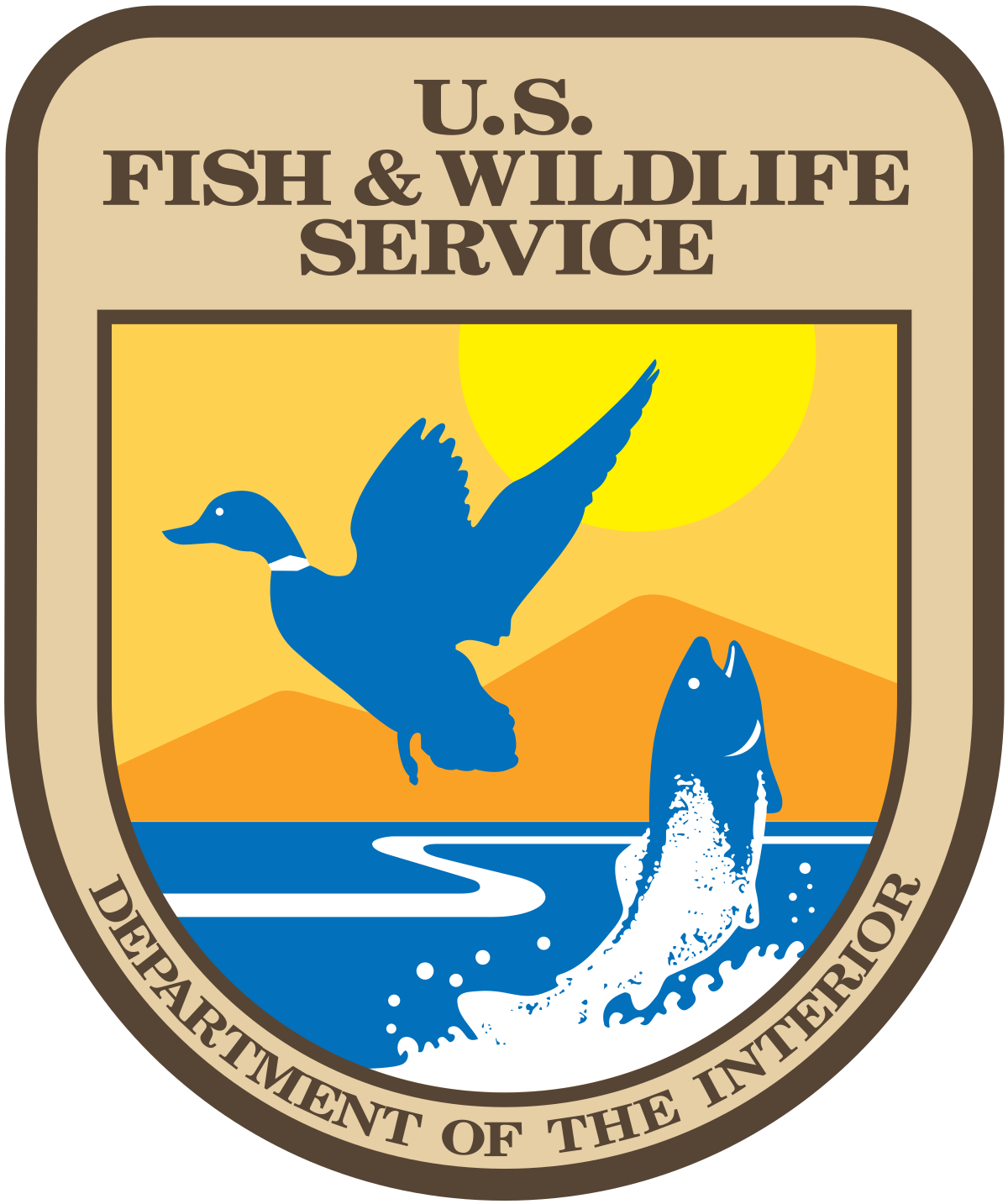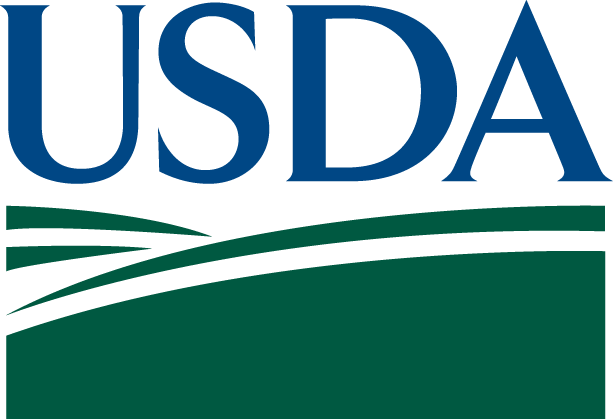PlayCleanGo® shows people how to clean their outdoor gear, clothing, equipment, and pets to prevent the spread of invasive species. Likewise, land managers doing invasive species prevention use similar tips to ensure their efforts complement those of our recreationists.
Invasive Species Managers use preventive behaviors including:
- Washing or blowing off equipment
- Removing mud and debris from tire and track treads
- Using animals to help with weed control or reseeding efforts — and being mindful of how to prevent these animals from spreading invasive species as they travel
- And so much more!
How Tri-County Weed Control got ahead of invasive species early
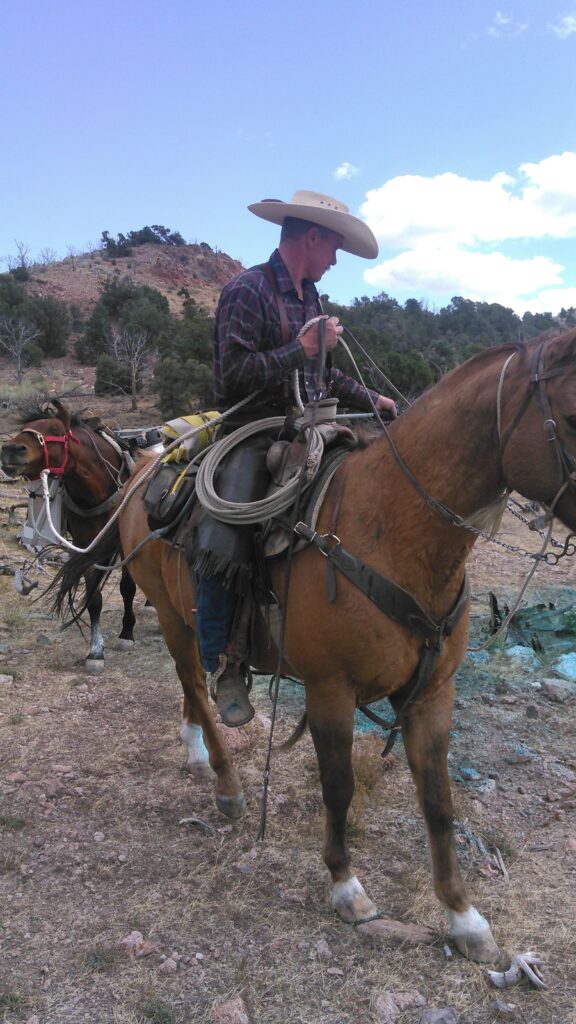
In 1999, three very large, rural counties — 24.1 million acres, with fewer than 60,000 people — established Tri-County Weed Control (TCW) to stay ahead of the coming wave of invasive species on state, private and public lands. TCW uses a variety of equipment to treat noxious weeds across the different landscapes, but they also employ some old school tools, namely pack horses. The lengths they go making sure animals don’t pass weeds from location to location is impressive, and a good lesson to us all.
TCW has a cooperative agreement with the Bureau of Land Management (BLM) to treat noxious weeds on the 10-million-acre Ely Nevada BLM District. Several years ago, the BLM tasked TCW with putting down herbicide in some very steep mountainous terrain which was inaccessible to equipment. TCW contracted with some local individuals to use their pack horses to pack in the supplies needed to treat this area and to pack the actual spray equipment while they were treating the area.
Prevention and preparation: keeping horses from introducing new infestations.
To treat the steep terrain using horses, without introducing new infestations, compares to the sanitization efforts custodial crews are taking in areas with a high risk of virus transmission.
The TCW crew prepared by:
- Making sure the horses they were using were eating weed free forage before they headed to the mountains
- Stockpiling weed-free feed for the horses to use on the mountain
- Cleaning all their spray equipment, the horses tack, and the trucks and trailers that would haul everything to the starting point for the project
- Brushing the horses and cleaning their hooves before loading them into the trailer to head to the starting point
Decontamination: making sure you don’t carry invasive species home.
Once TCW workers arrived at the starting point, they loaded all the gear on the horses and headed up the mountain. TCW spent several days on the mountain with the pack horses and their spray crew. Once the project was finished, they had to once again clean gear, horses and hooves before they loaded up and headed back to town.
Crews using livestock to help with weed control make sure they clean out the transportation vehicles after each move — and this doesn’t mean shoveling the trailer out at the nearest rest stop. All manure should be property disposed of or composted.
So even old-school tools need to be “weed free” before moving to a new project site. This applies to sheep and goats if they are being used for weed management. They should be held in a corral or feed yard for several days after completing a weed project and put on weed free feed for several days prior to starting a weed project. Sound like a quarantine? It is, this and other precautions are making a big difference in slowing the spread of species that are aggressive and potentially deadly to our much-loved native ecosystems.
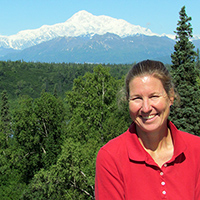
Written by Betsy Macfarlan
Betsy Macfarlan serves as Executive Director for the Coalition and joined ENLC in May 2001 as its first employee. Born in New York and raised in Colorado, Betsy completed her BS and MS in Ruminant Nutrition at Colorado State University, where her education prepared her for living and working in an area that believes wildlife, livestock and plant health come together to create a healthy, diverse landscape. Betsy came to ENLC with over ten years experience as executive director of non profit and has extensive experience coordinating projects, including involvement in coordinating the 1st and 2nd Seeking Common Ground Livestock Big Game Symposiums. Betsy’s position with the Coalition allows her the unique opportunity to combine her executive skills with her interest in science and research, all the while facilitating the improvement of the natural resources in her adopted home state. When she isn’t plugging away in the office or attending CWMA meetings throughout the state, Betsy maintains her ties to agriculture by raising cashmere goats and making goats milk soap with her husband, Jeff, and their many horses and dogs.


